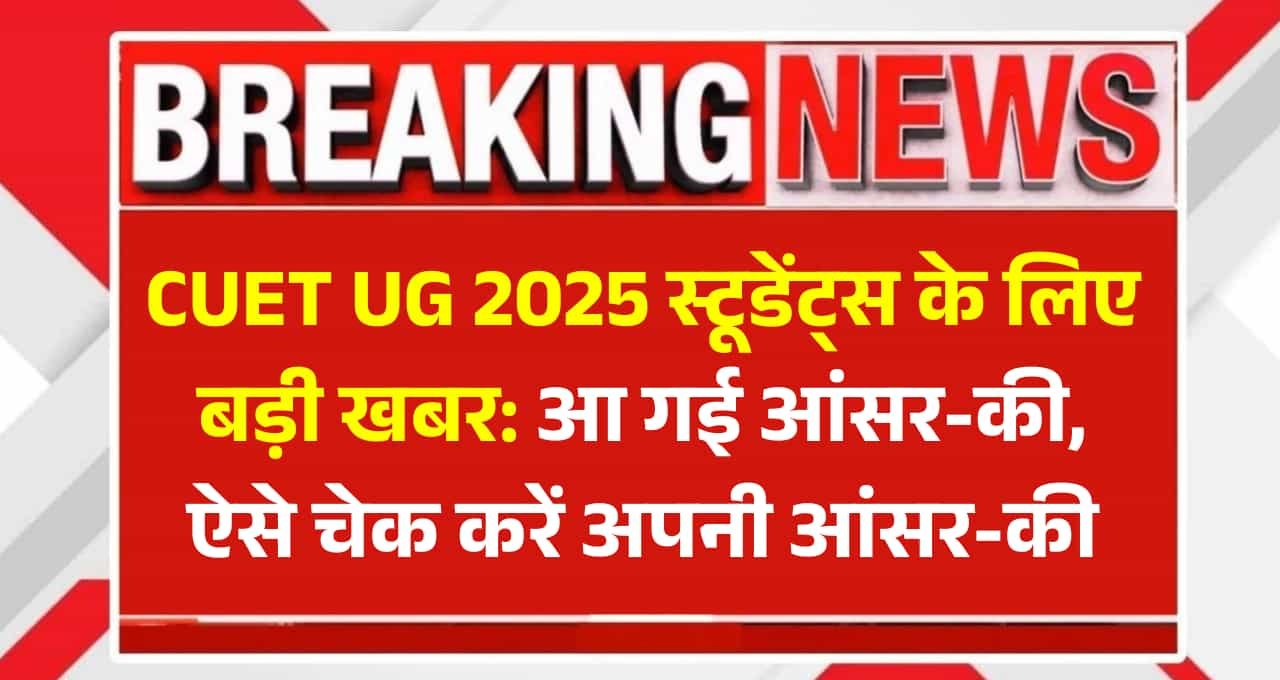Rare $2 Bills
Table of Contents
Toggle
Identifying Rare $2 Bills: A Hidden Fortune
The world of currency collecting is filled with treasures, and among them, rare $2 bills hold a special place. While most people overlook these seemingly ordinary notes, collectors and enthusiasts know the potential value that some of these bills can carry. Understanding how to identify rare $2 bills is the first step in uncovering a hidden fortune. In this guide, we will explore the features, history, and unique characteristics that distinguish these valuable pieces from the rest of the cash flow. By learning what makes a $2 bill rare, you can turn a simple piece of currency into a prized possession.
Historical Significance
Rare $2 bills are not just about monetary value; they are also steeped in history. The $2 bill has been part of the United States’ currency system since 1862, and over the years, it has undergone several changes in design and production. These changes contribute to the rarity and desirability of certain $2 bills. Collectors often seek bills from specific years or series, such as the 1928 or 1953 series, which were produced in smaller quantities. Additionally, some $2 bills feature unique printing errors or distinctive markings that further enhance their value.

The Lincoln Wheat Penny Valued at $170 Million, Still in Circulation?
- 1862 Series: The first year of issuance, making them highly collectible.
- 1928 Series: Known for their small size and unique red seal.
- 1953 Series: Popular for their historical significance and limited print.
- 1976 Series: The bicentennial issue, celebrated for its commemorative nature.
- Star Notes: Replacement bills marked with a star, indicating rarity.
- Misprints: Bills with printing errors, making them unique collectibles.
- Unique Serial Numbers: Numbers that hold special significance to collectors.
Understanding the Value of Rare $2 Bills
Determining the value of a rare $2 bill requires a keen understanding of various factors. The condition of the bill, its age, and its rarity all play a significant role in its valuation. Collectors often use a grading system to assess the condition, ranging from ‘poor’ to ‘uncirculated.’ An uncirculated bill, with no signs of wear or handling, is considered the most valuable. The demand for specific series or printing errors can also drive up the value dramatically.
| Series | Year | Seal Color | Serial Number | Condition | Estimated Value |
|---|---|---|---|---|---|
| 1862 | First Issued | Red | Unique | Uncirculated | $500 – $1000 |
| 1928 | Small Size | Red | Sequential | Fine | $200 – $400 |
| 1953 | Limited Print | Red | Star Note | Very Fine | $100 – $300 |
| 1976 | Bicentennial | Green | Commemorative | Extra Fine | $50 – $150 |
| Star Notes | Various | Red/Green | Star | Good | $75 – $200 |
| Misprints | Various | Red/Green | Error | Varies | $150 – $500 |
| Unique Numbers | Various | Red/Green | Significant | Fine | $100 – $250 |
| Recent Issues | 2003+ | Green | Standard | Crisp | $5 – $20 |
How to Authenticate Rare $2 Bills
Authenticating rare $2 bills is crucial for collectors to ensure they are investing in genuine currency. Counterfeit bills can deceive even the most experienced collectors, so it’s important to verify the authenticity of any potential purchase. There are several methods to authenticate $2 bills, including examining the paper quality, checking for watermarks, and using ultraviolet light to reveal security features. Professional appraisers can also provide certification, giving collectors peace of mind regarding their investment.
- Paper Quality: Genuine bills have a distinct feel due to their cotton and linen composition.
- Watermarks: Authentic bills feature watermarks that are visible when held up to the light.
- Security Threads: Embedded threads that glow under UV light, present in modern bills.
| Authentication Feature | Description | Detection Method | Presence in Bills |
|---|---|---|---|
| Paper Quality | Cotton/Linen Mix | Touch | All Series |
| Watermarks | Visible Design | Light Test | Modern Issues |
| Security Threads | Ultraviolet Glow | UV Light | Post-1990 |
Essential Tips for Collecting Rare $2 Bills
Building a collection of rare $2 bills can be both rewarding and challenging. Collectors must be well-informed and cautious to make smart purchases. Here are some essential tips to guide both novice and seasoned collectors in their pursuit of these rare treasures.
- Research: Stay informed about the history and specifics of different series.
- Network: Connect with other collectors and experts to gain insights.
- Condition: Focus on acquiring bills in the best possible condition.
- Documentation: Keep detailed records of each acquisition, including provenance.
- Storage: Use protective sleeves and cases to preserve the condition of your bills.
- Authentication: Always verify the authenticity of potential purchases.
| Tip | Importance | Application | Outcome |
|---|---|---|---|
| Research | High | Understanding Market | Informed Decisions |
| Network | Medium | Building Connections | Shared Knowledge |
| Condition | High | Assessing Quality | Higher Value |
| Documentation | Medium | Tracking Collection | Organized Records |
| Storage | High | Protection | Preserved Condition |
| Authentication | Critical | Verifying Authenticity | Genuine Collection |
Common Mistakes in Collecting Rare $2 Bills
While collecting rare $2 bills can be an exciting endeavor, there are common mistakes that collectors should avoid to ensure success.

The Lincoln Wheat Penny Valued at $815K, Still in Circulation
- Overpaying: Avoid purchasing bills without researching their market value.
- Ignoring Condition: Don’t overlook the importance of a bill’s condition in determining its value.
- Neglecting Authentication: Always verify the authenticity of a bill before purchase.
- Poor Storage: Improper storage can lead to deterioration and loss of value.
- Limited Networking: Engage with the collector community for support and advice.
Preserving the Value of Your Rare $2 Bill Collection
- Environmental Control: Maintain a stable environment to prevent damage.
- Protective Cases: Use cases to shield bills from physical harm.
- Regular Inspection: Periodically check your collection for signs of wear.
- Professional Appraisal: Have experts assess your collection’s value.
- Insurance: Consider insuring valuable collections against potential loss.
Building a valuable collection of rare $2 bills requires a combination of knowledge, patience, and careful investment. By following these guidelines, collectors can increase their chances of success in this fascinating hobby.
Frequently Asked Questions About Rare $2 Bills
What makes a $2 bill rare?
Factors such as the series year, printing errors, unique serial numbers, and limited production runs contribute to the rarity of a $2 bill.
How can I determine the value of a $2 bill?
The value is determined by factors like the bill’s condition, rarity, demand, and historical significance. Consulting price guides and experts can provide accurate valuations.
Are all old $2 bills valuable?
Not all old $2 bills are valuable. While age can be a factor, rarity, condition, and demand are more critical in determining value.
Where can I sell my rare $2 bills?
You can sell rare $2 bills through online auction sites, coin and currency dealers, or collector forums where enthusiasts gather.
Should I get my $2 bills appraised?
Yes, having your bills appraised by a professional can provide an accurate assessment of their value and authenticity.
Disclaimer: This article is written for general informational purposes only. Please get the latest and accurate information from the official website.










